
views
Seeking Medical Attention

Identify symptoms of infection. You should monitor your skin for any signs of infection after your dermal fillers. Notice any pain or tenderness that is accompanied by warm skin and swelling near the injection site. Check to see if an area looks different than other areas that have been treated. An infected area may also develop abscesses or nodules filled with pus or that are covered with crust. Additionally, infection can be identified by fever and/or redness. Know that in general, infections after a dermal filler are rare.

Go to the doctor. You should contact the doctor who performed the procedure if you notice any redness, swelling, or tenderness after the day of the injection. The doctor will perform a physical exam, where they check the site of the injection for infection. They will also ask you how long it has been since your injection, because that can help them determine the type of infection. If you can’t go to the doctor who did your injections, visit your regular doctor.
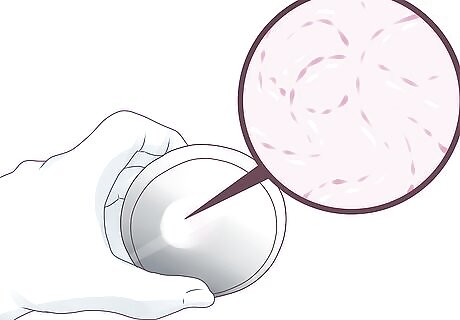
Have a culture test performed. Your doctor may take a culture from the infected area to determine what type of infection you have and the proper kind of antibiotics to prescribe. The most common type of infection from dermal fillers is bacterial, but you can also have fungal or viral infections.
Treating the Infection
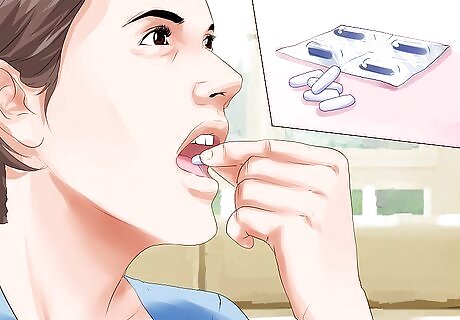
Take oral antibiotics. If you have a dermal filler infection right after your procedure, your doctor may prescribe antibiotics. Antibiotics that are commonly used to treat dermal filler infections also contain anti-inflammatory properties. They may be prescribed for up to six weeks.
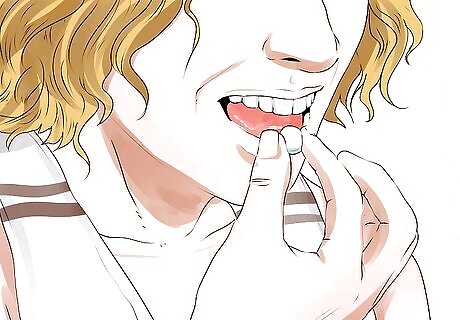
Use hyaluronidase. This medication is only injected by doctors and should be used when there is vascular compromise or confirmed infection. Hyaluronidase is an enzyme that helps to dissolve the hyaluronic acid fillers from the injection that may have clogged the blood vessels or inside the infected area itself. Some people are allergic to hyaluronidase, so you may have to test it on your arm first.
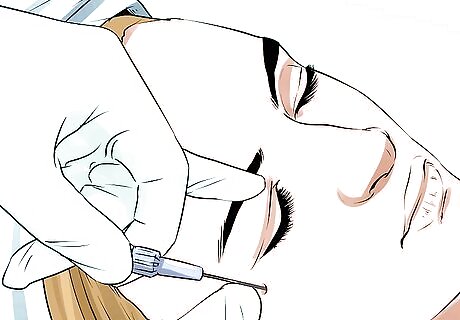
Inject the area with antibiotics. For more serious infections, the doctor may decide to inject the infected areas with antibiotics. This may be given up to three times. There should be one week between the first and second injections, then there will be two weeks between the second and third injection.
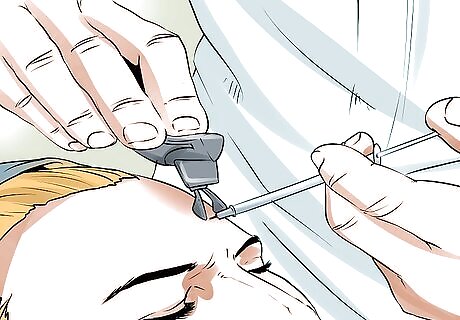
Remove build up in the infected area. Your doctor may decide that you need to have the filler they injected into your face or any infected pus removed. This will help clear your pores of debris so they can heal. This procedure will be performed in the doctor’s office.
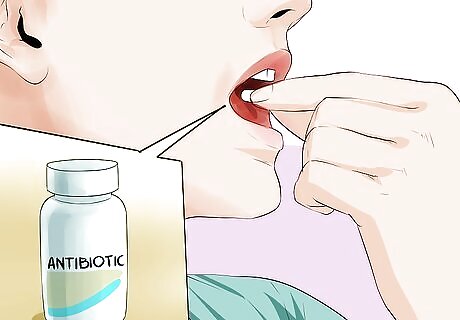
Take antibiotics before the procedure. One way that you can avoid infections is to start treating potential infections before you get the dermal filler injections. If you start taking antibiotics prior to the procedure, it could help prevent any infections occurring afterwards. Talk to your doctor about trying preventative antibiotic therapy before your injections.
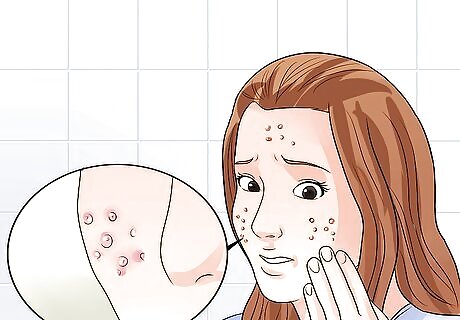
Avoid getting dermal filler injections if you have skin conditions. Certain conditions may put you at a greater risk for infection after a dermal filler injection. You shouldn’t get them if you already have an infection around your face, including pimples or rashes. People who have dermatitis should also not receive dermal fillers. If you have infections in the nose or mouth, like sinusitis, periodontal disease, throat infections, or abscessed teeth, you should not get this procedure. For example, people with the herpes simplex virus, human papilloma virus, impetigo, mollusca contagiosa, or yeast infections near the injection site shouldn’t get them.
Treating the Wounds
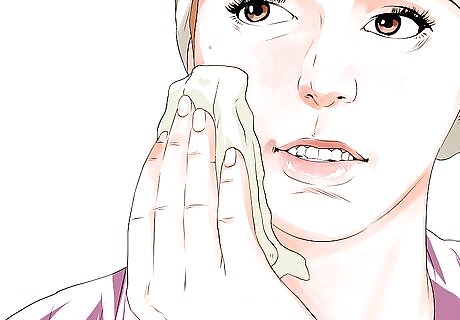
Keep the area clean. If the infection leads to open wounds on your face, you should treat it like it is a wound. To help prevent more bacteria from entering the wound, wash the area with warm water each day. This helps keep dirt and debris from accumulating in the wound and promote healing. If your doctor says it is okay, use a mild cleanser or antibacterial soap. Discuss what would be best to treat the infected area before using it.

Apply ointment. To help keep the wound moist, apply a thin layer of petroleum jelly on it. Doing this helps promote healing, reduce scabbing, and reduce scarring. You can apply the petroleum jelly with clean fingers or a cotton swab.
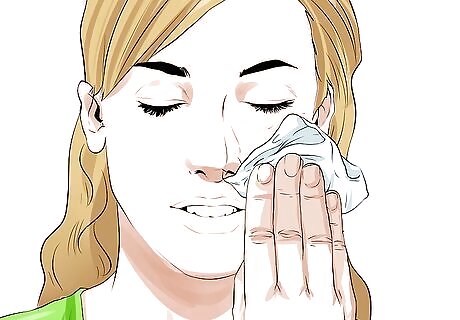
Cover the area with gauze. If your wound is large enough and still has open sections, you may want to cover it with gauze. Place gauze over the open area and tape it in place with paper tape. After it has started to heal, you can leave it uncovered. Talk to your doctor about whether or not you should cover the area with gauze.



















Comments
0 comment